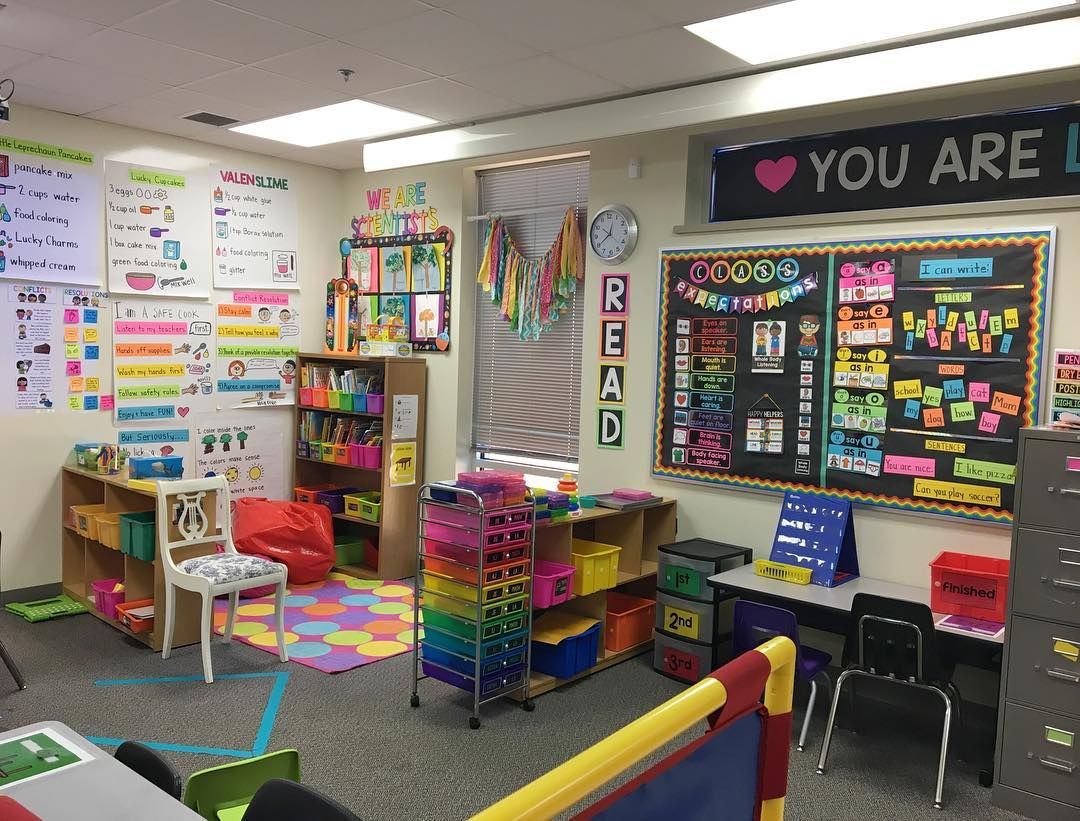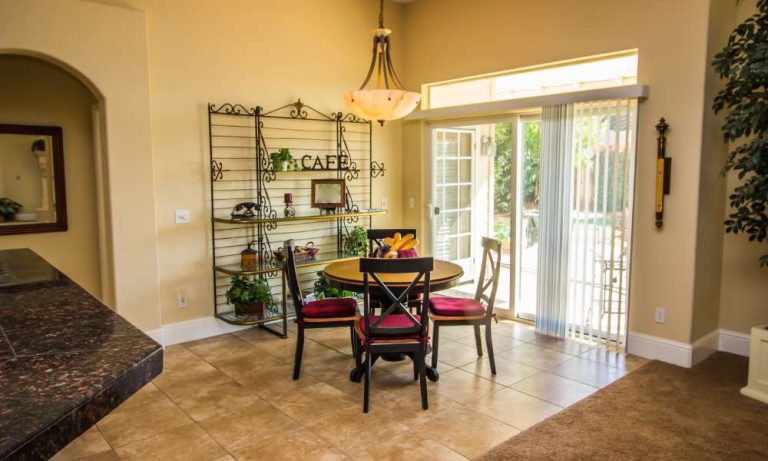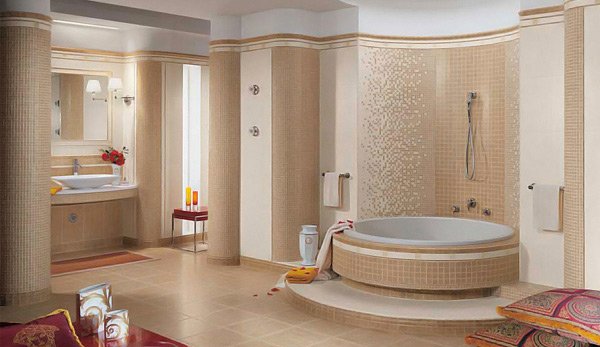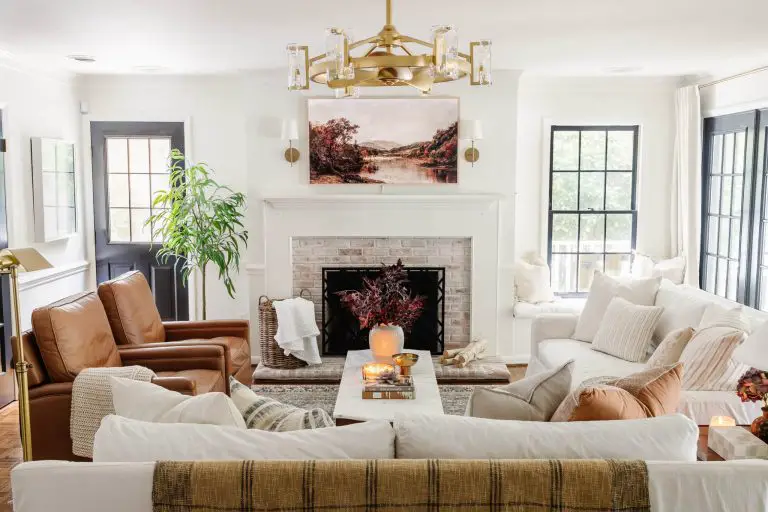How to Decorate a Special Education Classroom
When it comes to decorating a special education classroom, there are a few things to keep in mind. First and foremost, the décor should be inviting and comforting for all students. Additionally, the space should be functional and organized so that students can move about easily and have access to all of the materials they need.
Here are a few tips on how to create a warm and welcoming environment in your special education classroom.
- Choose a theme for the classroom
- This will help you to choose a color scheme and decorations that go along with the theme
- Paint the walls of the classroom in a calming color
- This will help create a relaxed environment for the students
- Hang up posters and other decorations around the room that relates to the chosen theme
- This will help make the room feel more cohesive and inviting
- Make sure to include some learning materials in the decorating process, such as educational charts or whiteboards with important information written on them
- This will help ensure that students are still able to learn while in the classroom
Special Education Classroom Must-Haves
When it comes to outfitting a special education classroom, there are certain must-haves that teachers need in order to create a safe and effective learning environment for their students. Here are some of the most important things to consider when stocking a special ed classroom: Furniture: The furniture in a special ed classroom needs to be highly durable and easy to clean.
Many students will have sensory issues that require smooth, soft surfaces, so avoid anything with sharp edges or corners. It’s also important to have furniture that can be easily rearranged – you never know when you’ll need to change up the layout of the room. Storage: There will be lots of materials and supplies needed in a special classroom, so plenty of storage is a must.
Consider adding shelves, cabinets, bins, and hooks throughout the room so everything has a place and stays organized. This will make it much easier for both teachers and students to find what they need. Classroom management tools: Managing behaviors can be one of the biggest challenges in a special ed setting.
Make sure you have plenty of visual aids on hand, such as timers, whiteboards, and posters with clear rules and expectations. These tools can help keep everyone on track and focused on learning. Communication devices: Students with communication disorders will benefit from having access to augmentative communication devices (AACs).
These devices can range from simple picture boards to more sophisticated speech-generating systems. AACs can help students express their needs and participate more fully in class activities.

Credit: mrspspecialties.com
What Should a Special Education Classroom Look Like?
A special education classroom should be designed to meet the unique needs of students with disabilities. The layout and furnishings of the room should be based on the type of disabilities that are present in the class. For example, a class with students who have visual impairments may need larger print materials and Braille signs.
A class with students who have hearing impairments may need soundproofing and amplification equipment. Furniture should be arranged in a way that allows all students to participate fully in activities and lessons. There are a few essential elements that all special education classrooms should have, regardless of the type of disability present.
These include: -An area for small group work: This can be used for one-on-one instruction or for working in smaller groups on specific tasks or assignments. -An area for large group work: This is where whole-class instruction takes place.
It should be large enough to accommodate all students and any necessary assistive technology devices. -An area for storage: This is where materials, supplies, and equipment are kept when not in use. It should be easily accessible to both teachers and students.
How Do You Structure a Special Education Classroom?
When structuring a special education classroom, educators need to consider the student’s individual needs and create a plan that will help all students succeed. There are a few different ways to structure a special education classroom, and the best option for each student will depend on their specific learning needs. One common way to structure a special education classroom is known as the “inclusion model.”
This approach involves placing students with disabilities in mainstream classrooms alongside their non-disabled peers. The goal of this model is to provide students with disabilities with opportunities to interact with and learn from their typically developing peers. In order for this model to be successful, it is important that the mainstream classroom teacher is properly trained in working with students with special needs.
Another common approach is known as the “resource room” model. In this type of setting, students with disabilities spend part of their day in a regular classroom and part of their day in a separate resource room where they receive specialized instruction from a special education teacher. This approach can be beneficial because it allows students to receive targeted instruction while still being exposed to the general curriculum.
No matter which model you choose, it is important to remember that all students learn differently and that each student’s needs must be taken into account when creating your instructional plan. By taking the time to create an effective plan, you can ensure that all of your students have access to the quality education they deserve.
What is the Easiest Way to Decorate a Classroom?
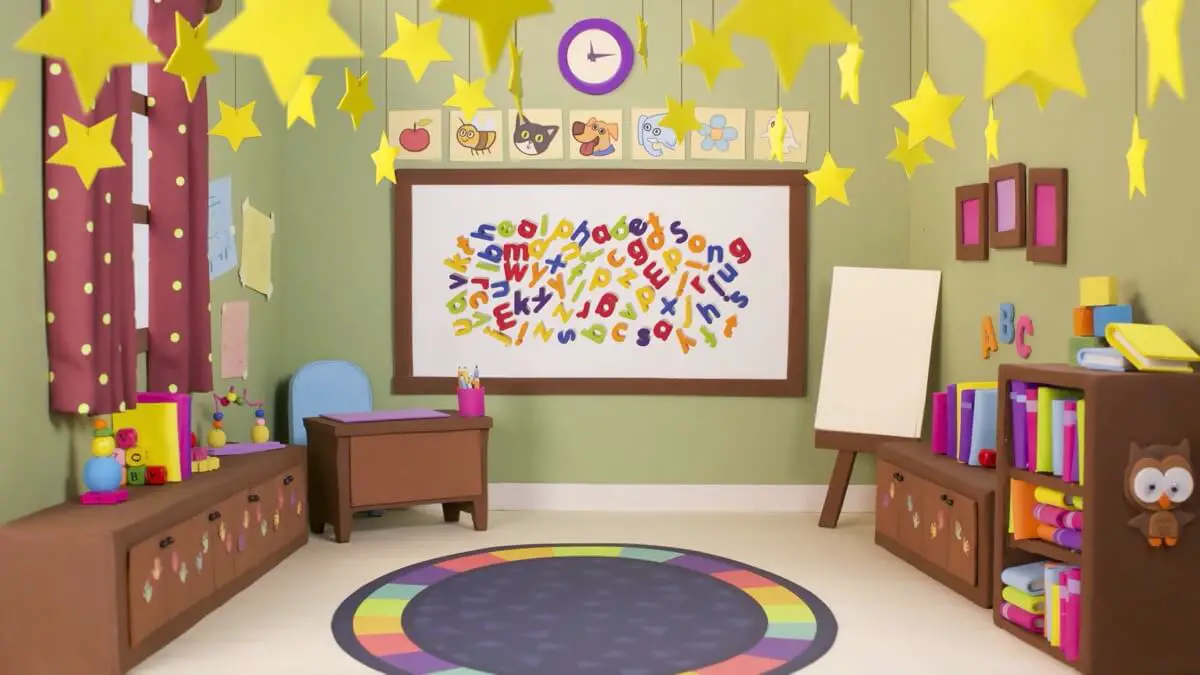
Credit: super simple
When it comes to decorating a classroom, there are a few things to keep in mind. First, consider the age group of your students. This will help determine the overall tone and feel of the space.
If you’re teaching young children, for example, you’ll want to create a bright and cheerful environment. Older students, on the other hand, may prefer a more subdued space. Next, think about what kind of atmosphere you want to create in your classroom.
Do you want it to be inviting and warm? Or stimulating and exciting? Once you have a general idea of the feeling you’re going for, start brainstorming ways to achieve it.
One easy way to add some personality to your space is with wall decals. These come in all sorts of designs and can be easily removed if you need to change things up later on. Another option is hanging posters or banners with positive messages or inspiring quotes.
These can also be swapped out as needed. Another way to make your classroom stand out is by incorporating educational elements into the design. For instance, you could hang a world map on one wall and flags from different countries on another.
This not only looks great, but it can also serve as a learning tool for your students! Finally, don’t forget the basics like adequate lighting and comfortable furniture. Both of these things play an important role in creating an enjoyable learning environment for your students (and yourself!).
How Do You Organize an Autistic Classroom?
There is no one answer to this question as each autistic classroom needs to be individually organized to best meet the needs of the students within it. However, there are some general tips that can be followed when organizing an autistic classroom. First and foremost, it is important to create a visually appealing and stimulating environment.
This means incorporating lots of colors, interesting textures, and patterns, and providing ample opportunities for movement and sensory input. The layout of the classroom should also be taken into consideration, with clear paths and designated areas for specific activities. It is also crucial to have a well-defined routine that is consistently followed each day.
This predictability can help reduce anxiety and provide a sense of security for autistic students. Finally, it is important to remember that every student is unique and will require different accommodations in order to succeed in the classroom. By working closely with parents, teachers can develop an individualized plan that meets the needs of each student in their care.
Need Ideas for Designing Your Special Ed Classroom?
Conclusion
When it comes to decorating a special education classroom, there are a few things you need to keep in mind. First and foremost, you want to create a space that is welcoming and comfortable for all students. In addition, you need to make sure the classroom is functional and organized.
Here are a few tips to help you get started:
- Start with the basics – furniture, storage, etc. Make sure everything is sturdy and well-made so it can withstand daily use.
- Incorporate color into the design scheme – both on the walls and in furnishings/decorations. Bright colors can help create a happy and stimulating environment.
- Be thoughtful about wall decorations – choose items that are motivating and positive without being overwhelming. Students should be able to see them from their desks or work areas.
- Use rugs or mats to define different areas of the room – this will help keep things organized and give students visual cues as to where they should be working at various times throughout the day.
